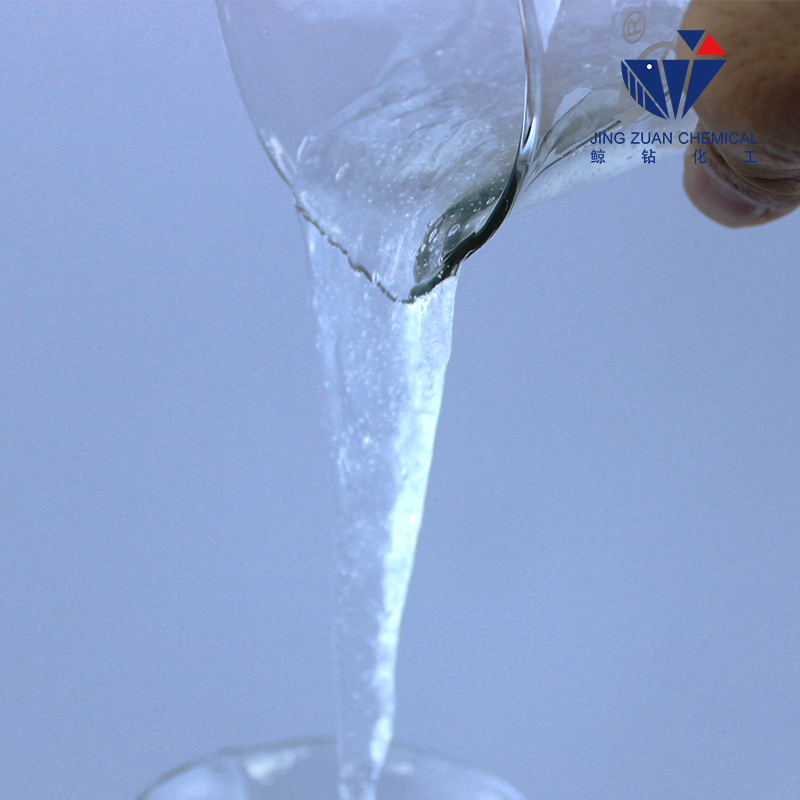
نوفمبر . 18, 2024 22:11 Back to list
Understanding Hydroxyethyl Cellulose and Its Applications in Various Industries
What is Hydroxyethyl Cellulose?
Hydroxyethyl cellulose (HEC) is a versatile, non-ionic cellulose ether derived from natural cellulose. It is commonly used in various industries due to its unique properties, including water solubility, thickening ability, and film-forming characteristics. This compound is primarily produced by the reaction of etherification between cellulose and ethylene oxide, resulting in a modified polymer with enhanced functionality.
What is Hydroxyethyl Cellulose?
In addition to cosmetic applications, hydroxyethyl cellulose is used extensively in the construction and paint industries. It serves as a thickener and binder in water-based paints, improving the paint's performance by enhancing its viscosity and preventing sedimentation of pigments. HEC also helps in maintaining the workability of cement-based products, such as mortar and tile adhesives, providing better adhesion and water retention.
what is hydroxyethyl cellulose

The pharmaceutical industry benefits from hydroxyethyl cellulose as well, where it is utilized as a binder and film-former in drug formulations. Its biocompatibility and safety profile make HEC a suitable choice for controlled-release drug delivery systems. Moreover, HEC's ability to retain moisture aids in the formulation of ophthalmic solutions and other medical applications.
Environmental considerations have led to the increased interest in biobased and biodegradable materials. HEC, being derived from natural cellulose, is regarded as a more sustainable option compared to synthetic polymers. Its biodegradability and low toxicity further enhance its appeal across various applications.
Despite its many advantages, proper formulation is essential to maximize the benefits of hydroxyethyl cellulose. Factors such as concentration, temperature, and pH can significantly impact its performance. Therefore, understanding the properties of HEC is paramount for formulators in diverse fields.
In conclusion, hydroxyethyl cellulose is a multifunctional polymer with a wide range of applications in cosmetics, construction, pharmaceuticals, and beyond. Its unique properties not only enhance product performance but also contribute to sustainability efforts in the materials industry. As research continues and innovations emerge, the potential for HEC to address evolving market needs remains promising.
-
Versatile Hpmc Uses in Different Industries
NewsJun.19,2025
-
Redispersible Powder's Role in Enhancing Durability of Construction Products
NewsJun.19,2025
-
Hydroxyethyl Cellulose Applications Driving Green Industrial Processes
NewsJun.19,2025
-
Exploring Different Redispersible Polymer Powder
NewsJun.19,2025
-
Choosing the Right Mortar Bonding Agent
NewsJun.19,2025
-
Applications and Significance of China Hpmc in Modern Industries
NewsJun.19,2025







